It was as if no one had ever asked him to tell his story.
Jocelyn R. Smith Lee, now an assistant professor of human development and family studies at UNC Greensboro, was interviewing a young man in Baltimore. It was part of her work as a doctoral research assistant, examining how young Black men transition from childhood to adulthood in communities where they’re disconnected from traditional school-to-work pathways.
“His interview went four hours, uninterrupted. Nobody got up. Nobody went to the restroom,” she says. “That really spoke to me about his need, and perhaps the larger need I was tapping into, of creating a space for the men to tell their stories.”
Unprompted, these interviews often turned into recitations of loss, violence, and negative encounters with law enforcement. Young men would describe to Smith Lee the friends, family members, and acquaintances who had been killed, sometimes by police.
Their stories revealed invisible wounds of trauma and grief among young Black males, a toll that has received almost no attention from researchers or the media, even as the deaths of Black Americans at the hands of police has become a galvanizing issue.
Smith Lee aims to raise awareness of the trauma of Black boys and men who know those victims of violence through family ties or social connections, or who are victims themselves.
Their experiences, she says, are rarely reported.
Her work examines how violence affects the health, development, and family relationships of young Black men, and how current social policy has failed to take these experiences into account. It also seeks to center their voices, empowering them to tell their own stories and define their own narratives.
Dr. Smith Lee’s Centering Black Voices lab explores the unequal burdens of trauma and grief in the lives of young Black men.
Dr. Smith Lee’s Centering Black Voices lab explores the unequal burdens of trauma and grief in the lives of young Black men.
Photography by Dr. Zun Lee, one of Dr. Smith Lee’s collaborators on her new Gates Foundation-funded project, is featured throughout this story.
His art explores Black family spaces and lives as sites of intimacy, belonging, and possibility – pushing back against external narratives and stereotypes. Story images predate the COVID-19 pandemic.
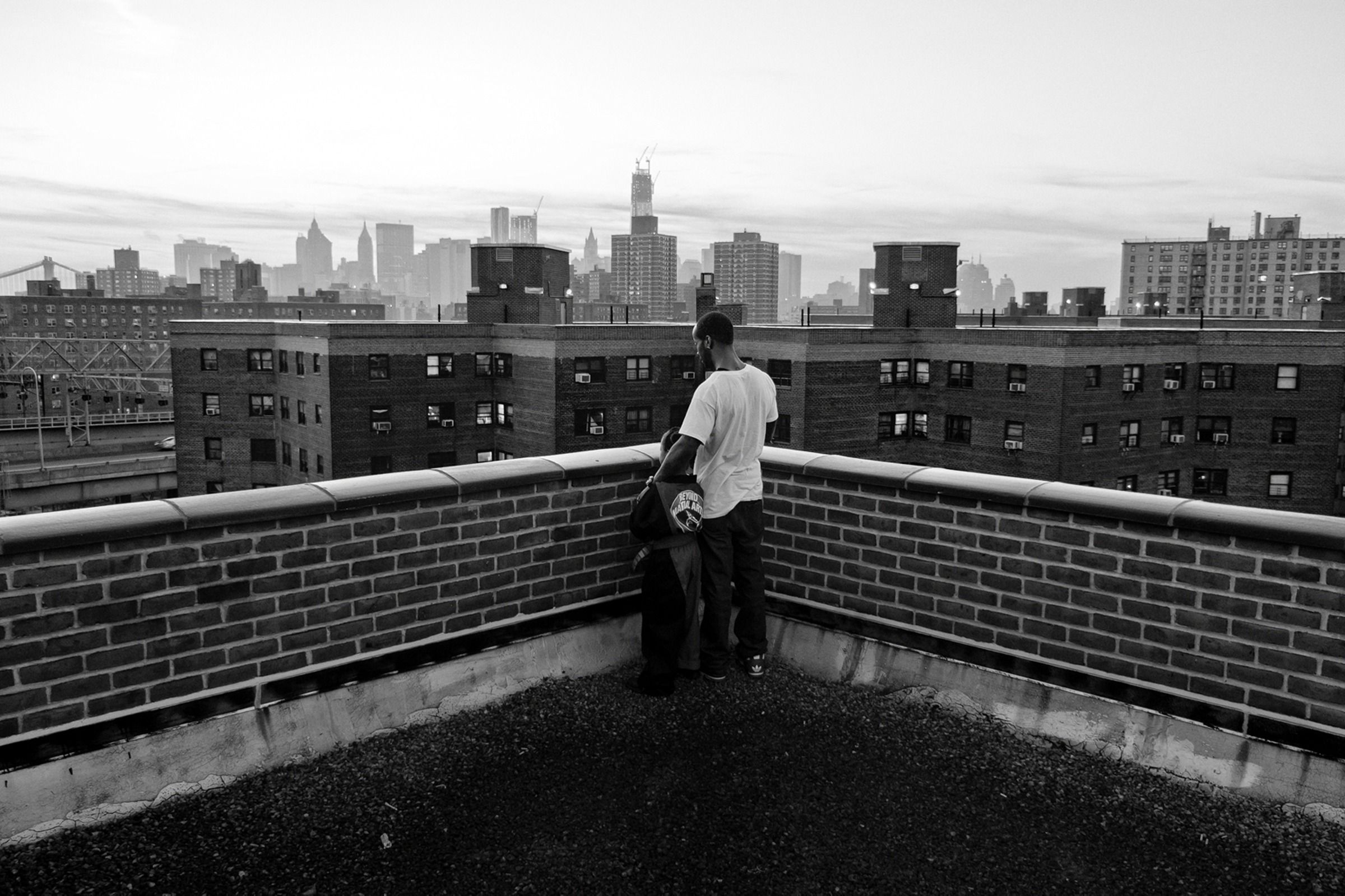
Photography by Dr. Zun Lee, one of Dr. Smith Lee’s collaborators on her new Gates Foundation-funded project, is featured throughout this story.
His art explores Black family spaces and lives as sites of intimacy, belonging, and possibility – pushing back against external narratives and stereotypes. Story images predate the COVID-19 pandemic.
Showing Up
In 2013, Smith Lee was conducting research at the Historic East Baltimore Community Action Center, with the Youth Opportunity program – or “YO!” – which offers GED instruction, job training and placement, access to counseling, and other services.
She didn’t want to be a “drive-by” researcher – extracting knowledge and then vanishing back into academia without contributing any value to the community. “Oftentimes the communities aren’t benefiting from the work,” she says.
And to center the experiences and voices of Black boys and men in her work, she needed to find ways to connect with them.
Many YO! members faced the loss of friends and family members with little support, and the community center’s resources were already strained.
“It became clear that creating a grief and loss group in the center would be a clear way, a tangible way, of me serving this important organization,” says Smith Lee, who is trained and was licensed as a therapist.
She also had to prove to the young men at the center that she could be trusted, and she had to close the perceived gap between her life and their lives.
“I spent countless hours in the center just showing up, spending time there,” she says, “going to town hall meetings, to open mic performances in the center, basketball games in the community.”
That showing up helped her establish trust with participants and staff. “She’d always keep her word with the members,” says Zizwe Allette, a GED teacher and photographer at the center. “She would assist them in getting to where they needed to go if they had to take a GED test … just did whatever it took to help students.”

When Smith Lee (center) received her doctorate, the boys and young men she had formed relationships with at YO! shared in her accomplishment and pride.
Some attended her graduation. For those who could not be there, she brought graduation back to the Historic East Baltimore Community Action Center, by visiting dressed in full regalia – a moment captured here by Zizwe Allette.
When Smith Lee (center) received her doctorate, the boys and young men she had formed relationships with at YO! shared in her accomplishment and pride.
Some attended her graduation. For those who could not be there, she brought graduation back to the Historic East Baltimore Community Action Center, by visiting dressed in full regalia – a moment captured here by Zizwe Allette.
What’s it like to be 19 years old and Black in the city?
“Rough. It’s rough because it’s like a set image for a 19-year-old young Black man, and it’s just scrutiny everywhere you go. Like police pull you over, for no probable cause, and it’s hard to get a job and, it’s, it’s just a lot, it’s a lot. It’s a lot … If he lives in an urban area, he’s selling drugs, or he’s a gangbanger, or he doesn’t have a stable foundation at home. And that’s all the opposite of me. But yet, I still get pulled over by the police. I still get looked at in a certain way because of who I am.”
– Wayne, 19, interviewed by Smith Lee in Baltimore
Shared Experiences
To be effective as a grief counselor, and to solicit the kind of detailed narratives she wanted as a researcher, Smith Lee had to establish rapport. She often began by sharing her own experiences.
“I would disclose to them that I had lost loved ones to violence in my life,” she says. “And even though I was a doctoral student at the University of Maryland, my neighborhood was not that different from theirs. And it helped to kind of bridge the gap, or defuse some assumptions about who I might be because of the educational trajectory I was on.”
Smith Lee also had to overcome the young men’s difficulty with identifying and expressing their feelings – a challenge reinforced by social mores that discourage them from expressing emotions, especially those related to pain and vulnerability.
She used the “How Are You Feeling Today?” chart, an educational and clinical tool that features drawn faces expressing 30 different emotions, to help the young men identify their feelings more precisely. Life history calendars helped the young men accurately recall important experiences from their lives, including the loss of friends and family members to violence.
“These traumatic losses are really developmental tasks that young men – and boys – are challenged to figure out as they progress to adulthood,” she explains.
The 40 young men she interviewed reported, on average, losing three loved ones to homicide, usually during their adolescent years. Most of the young men – 36 – also brought up, unprompted, the role of police encounters in their lives.
The 40 young men Smith Lee interviewed reported, on average, losing three loved ones to homicide. When 16 of those young men were reinterviewed 3 to 5 years later, about half had experienced a life-threatening injury in the intervening period.
Her research was published in the American Journal of Public Health and the Journal of Black Psychology.
The 40 young men Smith Lee interviewed reported, on average, losing three loved ones to homicide. When 16 of those young men were reinterviewed 3 to 5 years later, about half had experienced a life-threatening injury in the intervening period.
Her research was published in the American Journal of Public Health and the Journal of Black Psychology.
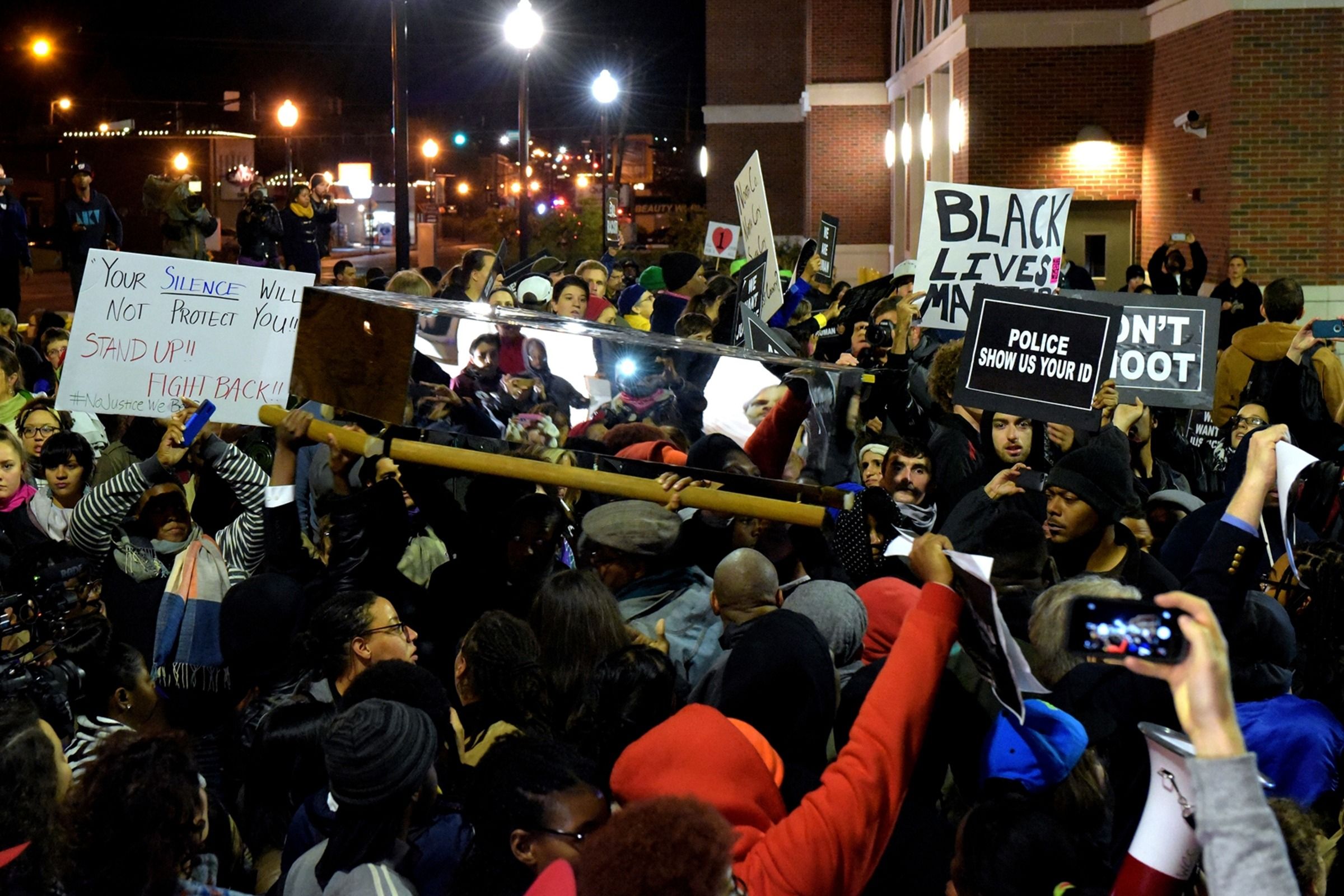
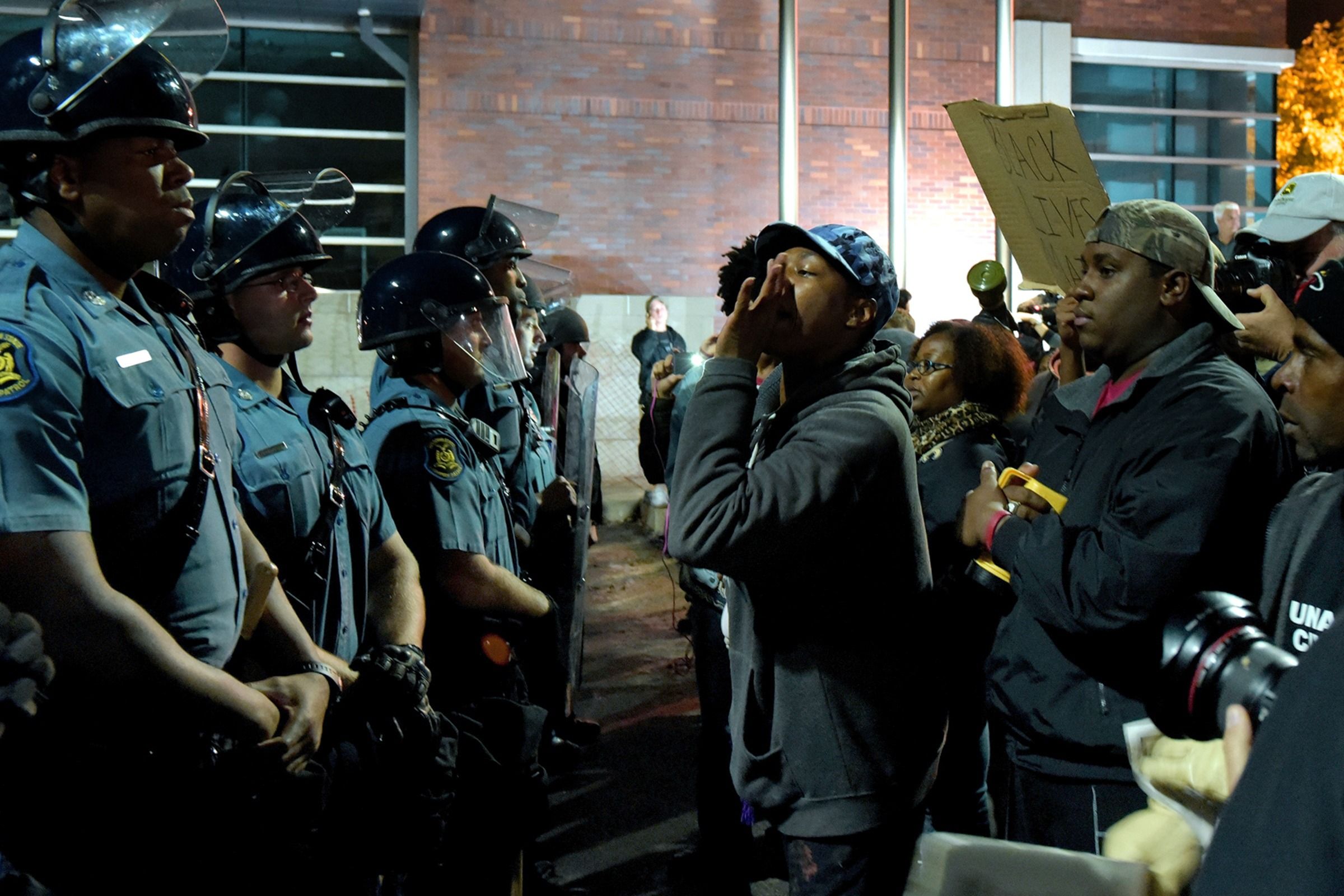
On having a friend killed by police
“Then I found out that the police killed him – like I just lost all respect, like all respect for police and all that.”
– Jahad, 23, interviewed by Smith Lee in Baltimore, recounts
the impact of losing a close childhood friend at age 15
– Jahad, 23, interviewed by Smith Lee in Baltimore, recounts the impact of losing a close childhood friend at age 15
Zun Lee visited Ferguson, Mo., twice in 2014, as protests ignited nationwide over the killing of Michael Brown by a police officer.
There, he says, he found “people that somehow find the strength to act to make things better, often purely by faith … People that care deeply. Have immense pride and joy. Love hard.” He titled the resulting series “Black Love Matters.”
Through the Voices for Economic Opportunity Grand Challenge, the Gates Foundation sought solutions to the “huge gap between long-standing assumptions about poverty and the reality of millions of Americans’ lives,” which lies at the root of ineffective, inadequate policy solutions. Smith Lee’s answer to that challenge was one of just 28 proposals funded out of a pool of over 1,200.
Through the Voices for Economic Opportunity Grand Challenge, the Gates Foundation sought solutions to the “huge gap between long-standing assumptions about poverty and the reality of millions of Americans’ lives,” which lies at the root of ineffective, inadequate policy solutions. Smith Lee’s answer to that challenge was one of just 28 proposals funded out of a pool of over 1,200.
In their own voices
From television cop dramas to TV news, young Black men are often portrayed as criminals to be feared or punished.
Those images, almost always produced by outsiders, are designed to present a negative narrative about being young, Black, and male in an urban neighborhood. Too often, they dehumanize young Black men, presenting them as social problems rather than treating them as human beings worthy of dignity and investment.
In Smith Lee’s new project, she’s teaming up with YO! colleague Allette and Zun Lee (no relation), an award-winning visual artist, physician, and educator, to equip young Black men in Baltimore with skills in ethnography and photography, so they can create and share a more complete and nuanced narrative about their lives.
Local and digital exhibits of the young men’s images and personal stories will engage societal leaders and the public in dialogue about the root causes of poverty, and “deepen awareness about the pain and the promise of young Black men,” Smith Lee says. “By sharing these stories – of traumatic loss, resilience, and quests for economic mobility – our goal is to recast the narrative of Black male humanity in the national consciousness.”
The Bill & Melinda Gates Foundation has backed her “Disrupting Dehumanizing Narratives of Black Men in Poverty” project with a highly competitive $100,000 Grand Challenge grant.
It’s the right time for Zun Lee, who was named a Guggenheim Fellow this year. “I’ve kind of veered away from just purely making photos to moving toward the bigger question of ‘What is the importance of stories?’” he says. “Who tells the stories about whom? And who benefits from it and who is at a disadvantage from it?”
Lee divides his time between Canada and the U.S., but in the last couple of years he has lived mostly in Charlotte, teaching photography, engaging with Black residents in various historically African American neighborhoods of West Charlotte, and becoming a part of that community.
He took up photography as a hobby, while still working as a physician and health care consultant. In a series of photographs he took starting in 2011, Lee showed the intimate lives of Black fathers, with pictures that revealed their day-to-day moments caring for their children – images that counter oft-repeated and scientifically unsupported portrayals of Black men as disengaged fathers.
Lee hopes to reveal the same kinds of truths about the lives of Black boys and young men in Baltimore – except now those young men will choose the moments, take the pictures, and construct their own narratives.
“I’m encouraging people to look at their own lives and visualize what they deem important, versus somebody else who might not be part of the community.”
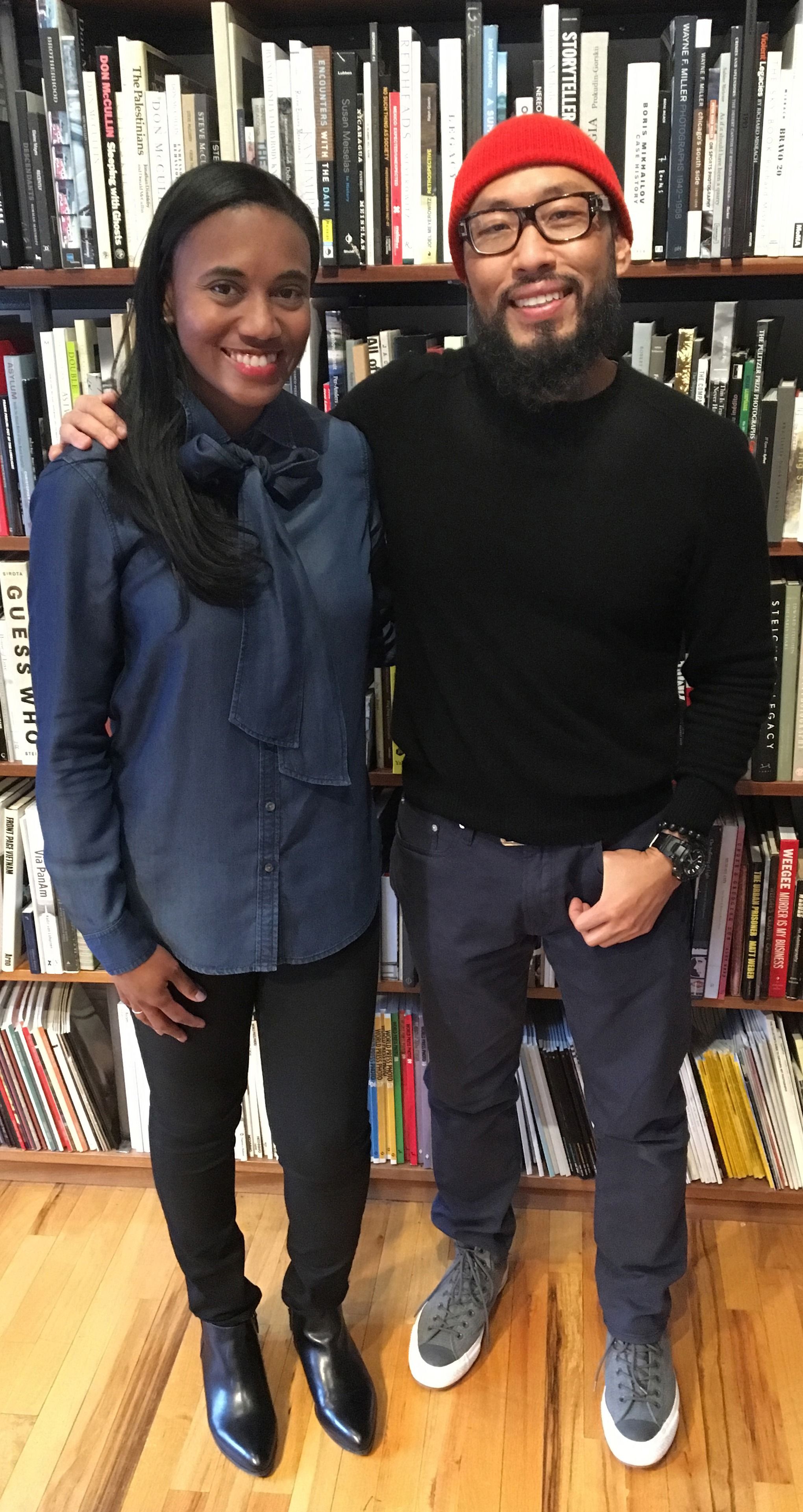

The day after Smith Lee interviewed for her position at UNCG – where she would ultimately launch her Centering Black Voices Lab – she attended Lee’s Father Figure exhibition in NYC. Their meeting was captured by Smith Lee’s husband, C.J. Lee.
The day after Smith Lee interviewed for her position at UNCG – where she would ultimately launch her Centering Black Voices Lab – she attended Lee’s Father Figure exhibition in NYC. Their meeting was captured by Smith Lee’s husband, C.J. Lee.
Lee created his “Father Figure” series to counter the stereotype of the absent Black dad – a notion that persists despite research finding Black fathers are just as likely as dads of other ethnic groups to play an important role in their children’s lives.
The series was covered by The New York Times, exhibited around the world, and published as a book.
Lee created his “Father Figure” series to counter the stereotype of the absent Black dad – a notion that persists despite research finding Black fathers are just as likely as dads of other ethnic groups to play an important role in their children’s lives.
The series was covered by The New York Times, exhibited around the world, and published as a book.

Lee created his “Father Figure” series to counter the stereotype of the absent Black dad – a notion that persists despite research finding Black fathers are just as likely as dads of other ethnic groups to play an important role in their children’s lives.
The series was covered by The New York Times, exhibited around the world, and published as a book.
Greensboro stories, Greensboro solutions
Greensboro is not Baltimore. For one, it’s much smaller.
But, Smith Lee notes, “the same ingredients, the same legacy is present in terms of those societal conditions that create the context for violence to occur.”
And it does occur, with homicides disproportionately affecting Black men. In 2017, for example, of the 39 homicides Greensboro had experienced through November, 34 of the victims were Black and 35 were male, according to newspaper reports.
“One of the things that made it easy to say ‘Yes’ to a position here was an awareness that there were concerned residents working and really trying to make a difference and reduce those disparities within the city,” Smith Lee says.
Before the pandemic struck, Smith Lee and UNCG assistant professor of public health education Erica Payton conducted focus groups with middle school students and their parents, high school students and their parents, and young adult Black men, seeking to understand the effects of homicide and the factors that contribute to local violence.
Their next step is doing deeper research within family systems, and seeking input from key stakeholders – activists, clergy, educators, law enforcement, health care providers, local media, and elected officials.
Once they have developed a more complete picture of the systemic forces driving homicides in Greensboro, they plan to present those findings at a community forum and work with stakeholders to identify steps to reduce future violence.
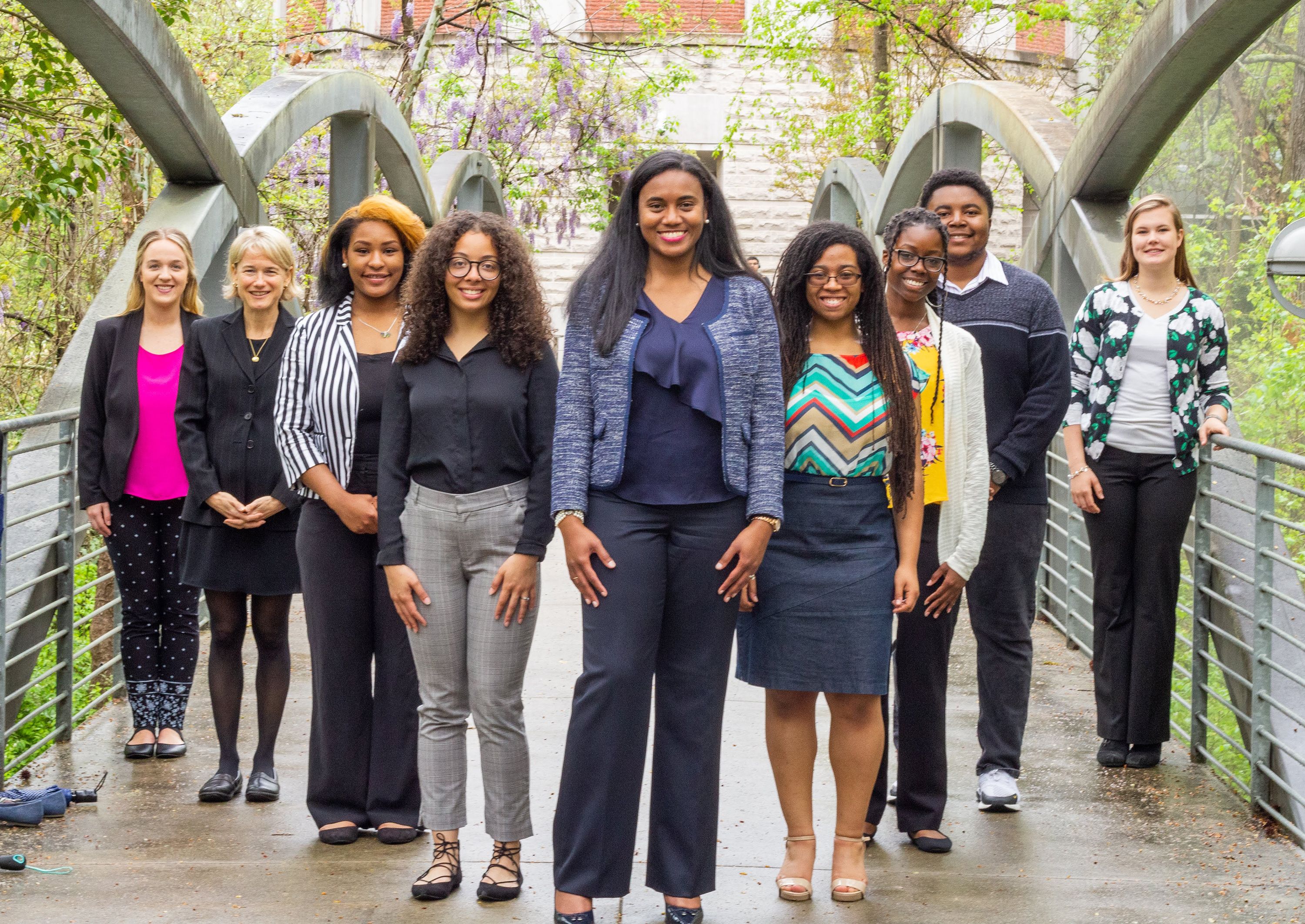
Smith Lee (center) and members of her Centering Black Voices lab in April 2019
Editor’s note: Smith Lee’s interview participants are identified with pseudonyms in this story.
Smith Lee (center) and members of her Centering Black Voices lab in April 2019
Policy implications
The innovative work Smith Lee and her collaborators are doing is critical for anyone interested in helping individuals overcome the effects of violence and in helping communities deconstruct the systems that create violence in the first place.
Researchers and policy makers are increasingly exploring concepts such as adverse childhood experiences – or ACEs – to understand how social circumstances, such as poverty or living in a particular neighborhood, can affect education and health outcomes over a lifetime. But, Smith Lee says, research on ACEs and even post-traumatic stress doesn’t fully account for the burden carried by the Black boys and men she works with.
To be effective, she says, social policy and reform also need to account for systemic racism and white supremacy, which has shaped communities, policing, education, and other societal institutions for generations.
Her work, she hopes, will help change that.
“I’ve always held the dream in my heart of developing some kind of center that would become a nexus of research policy and practice that’s related to trauma, violence, and healing for Black families,” she says.
“I would love to see the work trigger, or lead to, investments in the lives of young Black men that mirror the level of adversity that they are navigating.”
Editor’s note: Smith Lee’s interview participants are identified with pseudonyms in this story.